Nokia N97
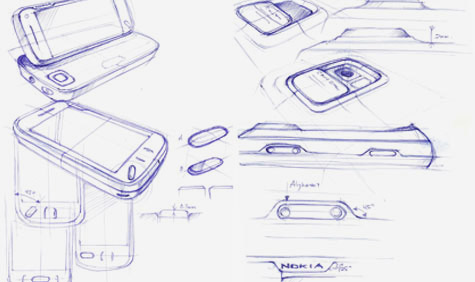
The N97 is not Nokia's first touchscreen phone, but it is the most feature-packed. In the two years since Apple's iPhone forced the market into a paradigm shift, the trend towards multi-media devices has accelerated, meaning that user experience, operating system and media capabilities are the key factors to bear in mind when choosing a smart phone.
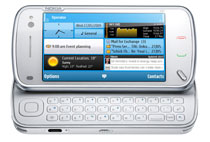
See more images of the latest N97 Nokia
Wallpaper* caught up with Nokia's Axel Myer, head of the NSeries division, to ask him about the design decisions behind the N97, and what the company's plans are for the near future.
W*: How long does it take to develop a mobile phone, hardware and software, from initial concept through to final consumer units?
AM: It varies greatly depending on the type of device we are creating and its features. The Nokia N97 took many months from the start to the finish. A lot of this time involves research and concepting, going out of the studio and meeting the kind of people we are trying to design a new product for. Only once we feel we have a good enough understanding of the experiences we want to focus in on do we go back into the studio to develop stories that will shape our products.
W*: Does the Nokia N97 represent the ultimate manifestation of the N-series platform, or will it soon be followed by a more powerful model?
AM: For me the Nokia N97 really marks the start of a new generation of N series devices. It is truly a mobile computer and the most powerful device you will find out there today. We could see from research that there were a growing number of people who live so much of their lives online, networking, sharing, constantly communicating, they are true digital natives. But this always-online generation were still tied largely to computers. We wanted to liberate them, giving them a mobile device that was super powerful. This is why we added a big screen and fantastic personalization through widgets so they can take their digital lives with them anywhere and we can really amplify the experience of being always connected.
Receive our daily digest of inspiration, escapism and design stories from around the world direct to your inbox.
W*: Does Nokia believe that one day all phones will be smart phones, or will they always represent a minority of the market?
AM: Our starting point for the design of any device is to understand how people live, what their needs are, how they communicate and how this will be shaped over the next few years. These things become the basic inspiration for our designs not the latest technology. As a designer at Nokia we also have to consider that we are quite literally designing for the entire world. Our products are used by people in over 140 countries and we offer them over 80 different languages to choose from.
For all of these reasons I don’t think it's possible to say what everyone around the world will be using in the future. We are all different and our devices will continue to reflect that. For some people voice remains crucial for others it’s all about using the internet on the move. We will continue to see this kind of diversity for some years to come.
Things have changed a lot for designers in the last couple of years. No longer do we decide what people can do with their devices, and in a way we only design part of the product. We leave them unfinished and the final design is done by the people who use them. They determine what they become and how they are used.
W*: How important is the tactile feel of an object like the N97? For example, how many engineers work on the physical object and how many on the software side of the device?
AM: The physical design of the Nokia N97 was essential. We had to ensure that the digital experience the design offers was complemented by the way you physically interact with the device. We spent a long time working with our engineers to get the hinge on the screen just right. We wanted it to elegantly slide out pop out and sit in a position where it offered up the content to you naturally. It had to work on the one hand as a fantastic QWERTY keyboard with great ergonomics, and on the other hand as a seamless screen for your digital content. We worked constantly with the engineers to get these things right. This is really what our design is all about, constant refinements and adjustments to get to the final product.
W*: What sort of role do external applications play in the development of a new phone? For example, at what point in the N97’s development cycle was it decided to focus on social networking applications?
AM: As I have said the first stage of designing a device is getting out to observe people’s lives and experiences. This is what we did with the Nokia N97, observing and spending time with people in many different cities around the world. We look to understand the little moments of everyday life that are so important. We very quickly understood how important social networking applications were to the people we were designing this new product for. They live their lives in the digital world and we wanted to offer them a way to enhance this by always having access to it on their mobile.
Jonathan Bell has written for Wallpaper* magazine since 1999, covering everything from architecture and transport design to books, tech and graphic design. He is now the magazine’s Transport and Technology Editor. Jonathan has written and edited 15 books, including Concept Car Design, 21st Century House, and The New Modern House. He is also the host of Wallpaper’s first podcast.
-
 We gaze into our crystal ball to predict the tech hits (and misses) of 2026
We gaze into our crystal ball to predict the tech hits (and misses) of 2026The shape of things to come: seven technologies that will define the year ahead, from robotics, AI, aviation and more
-
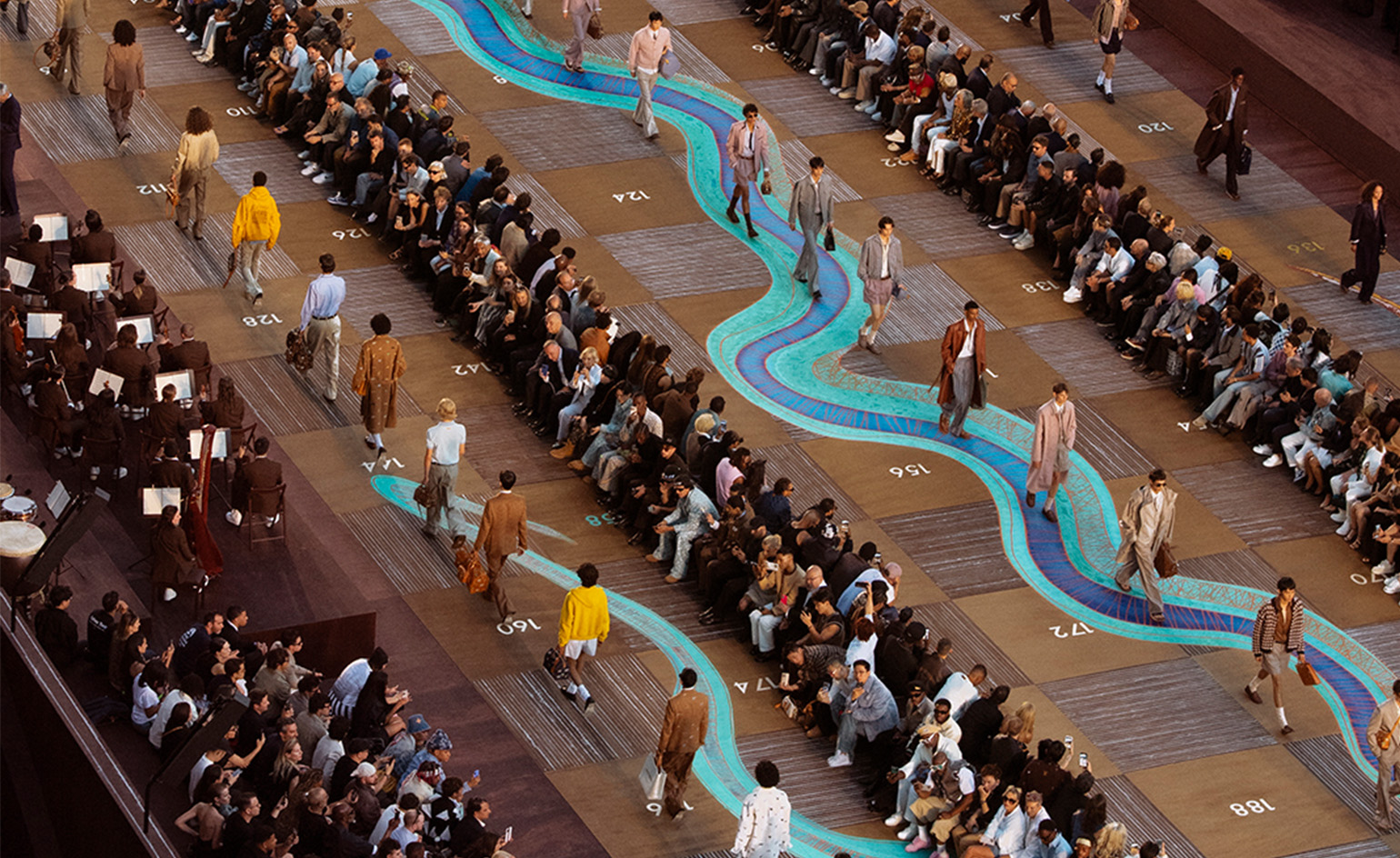 This documentary tells the story behind Louis Vuitton’s monumental Snakes and Ladders runway set
This documentary tells the story behind Louis Vuitton’s monumental Snakes and Ladders runway setThe new film offers a rare behind-the-scenes glimpse at how Pharrell Williams and Studio Mumbai conceived the 2,700 sq ft Snakes and Ladders board, which backdropped the house’s S/S 2026 menswear collection last June
-
 This remarkable retreat at the foot of the Catskill Mountains was inspired by the silhouettes of oak leaves
This remarkable retreat at the foot of the Catskill Mountains was inspired by the silhouettes of oak leavesA New York City couple turned to Desai Chia Architecture to design them a thoughtful weekend home. What they didn't know is that they'd be starting a farm, too
-
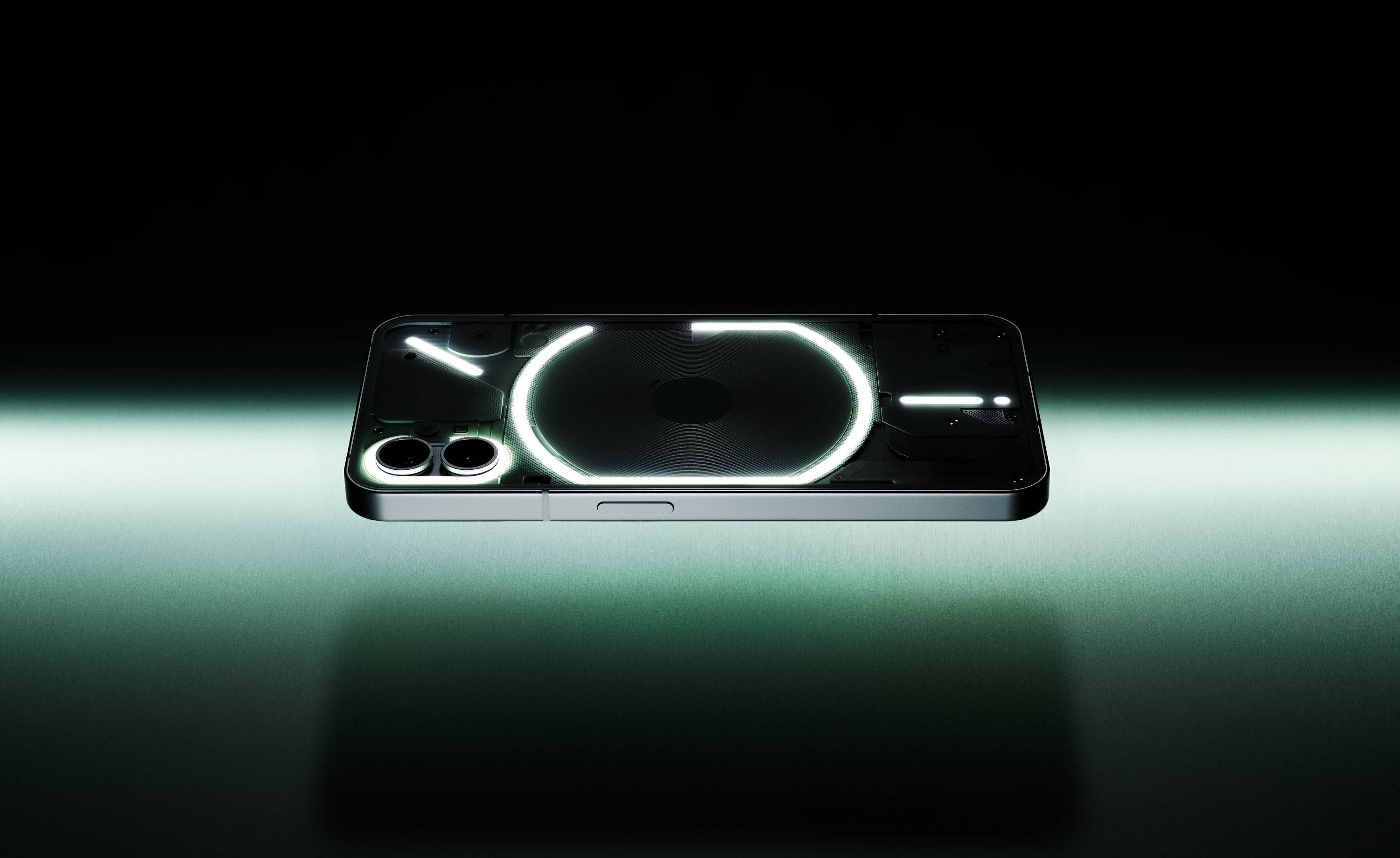 Hands on with new Nothing Phone (1): a clearly different smartphone
Hands on with new Nothing Phone (1): a clearly different smartphoneNothing Phone (1) launches, hitting the sweet spot between price, performance, and efficiency, and promoting the simplification of your smartphone life
-
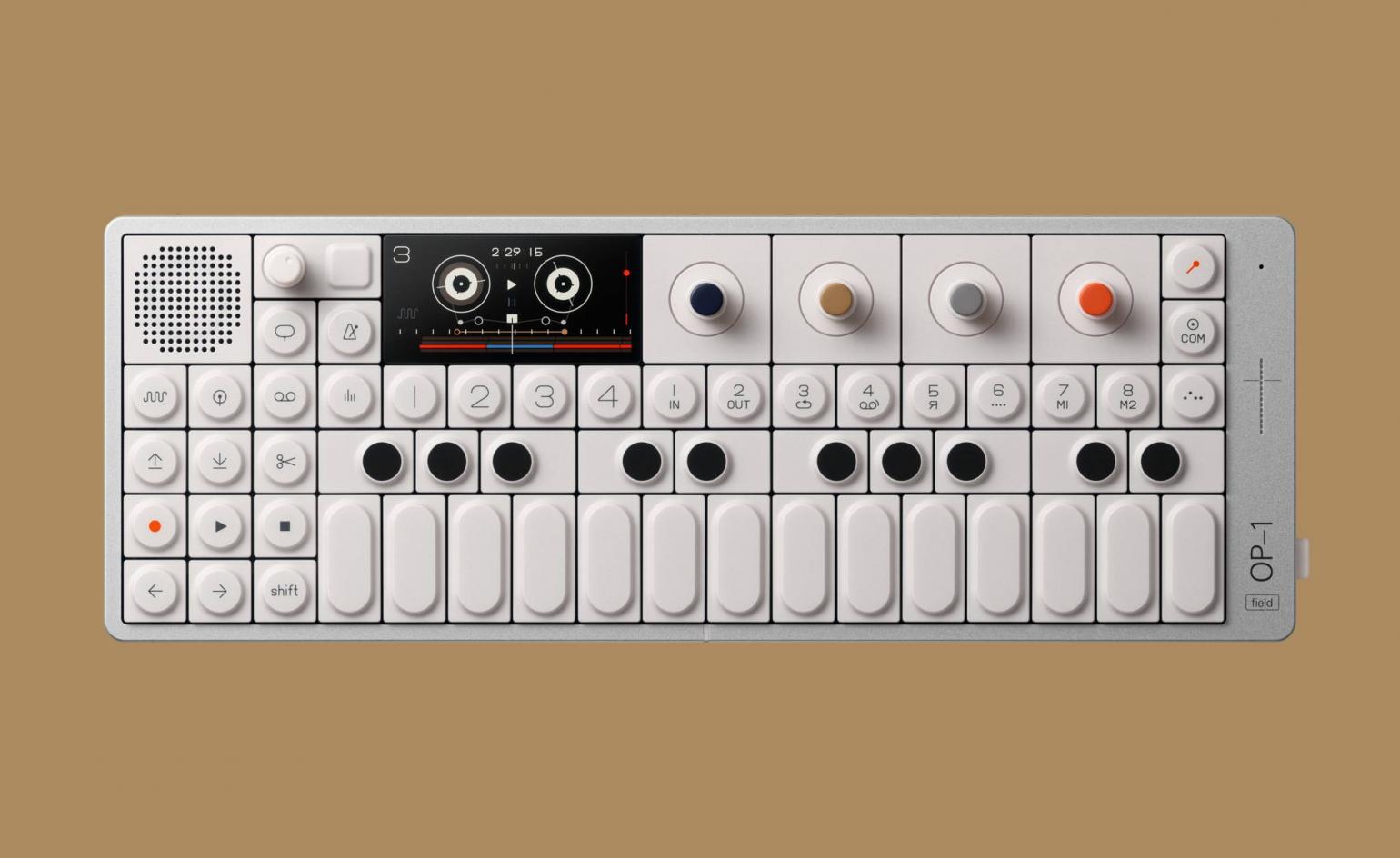 Teenage Engineering announces OP-1 Field, the ultimate new musical device
Teenage Engineering announces OP-1 Field, the ultimate new musical deviceWithin the tiny confines of this compact synthesiser – Teenage Engineering’s OP-1 Field – it’s possible to compose and record a complete track
-
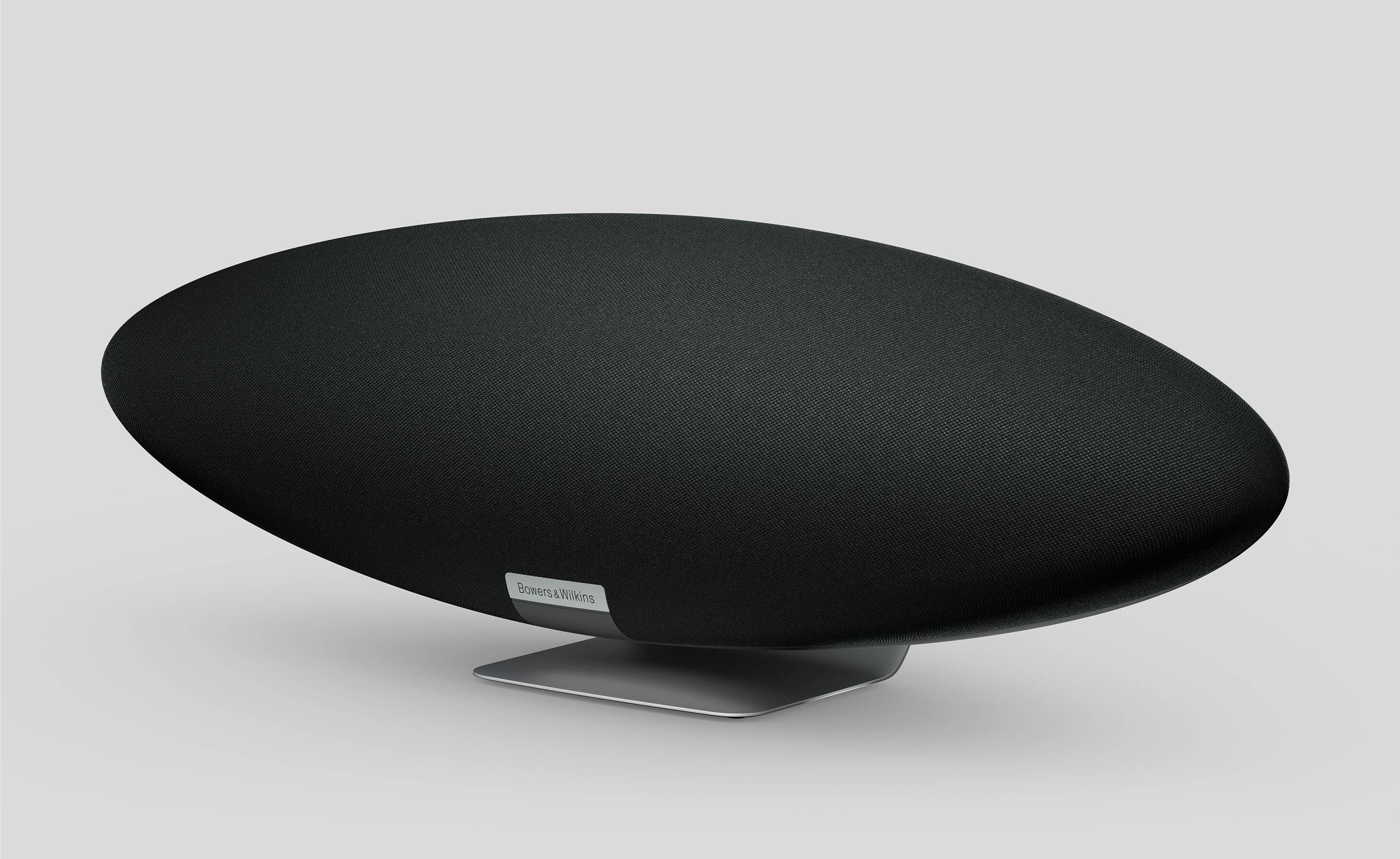 Flying high with B&W’s pioneering Zeppelin, the ultimate standalone speaker
Flying high with B&W’s pioneering Zeppelin, the ultimate standalone speakerReviewing the latest, ever-more functional iteration of the Bowers & Wilkins Zeppelin sculptural speaker, we speak to the brand about the secret of its 15-year success
-
 Beosystem 72-22 music system pays homage to best of Bang & Olufsen
Beosystem 72-22 music system pays homage to best of Bang & OlufsenBeosystem 72-22 is a beautifully crafted, collector’s edition music system that celebrates and renews Bang & Olufsen’s 1972 Beogram 4000 Series turntable, and comes in a handmade walnut gift box-cum-stand
-
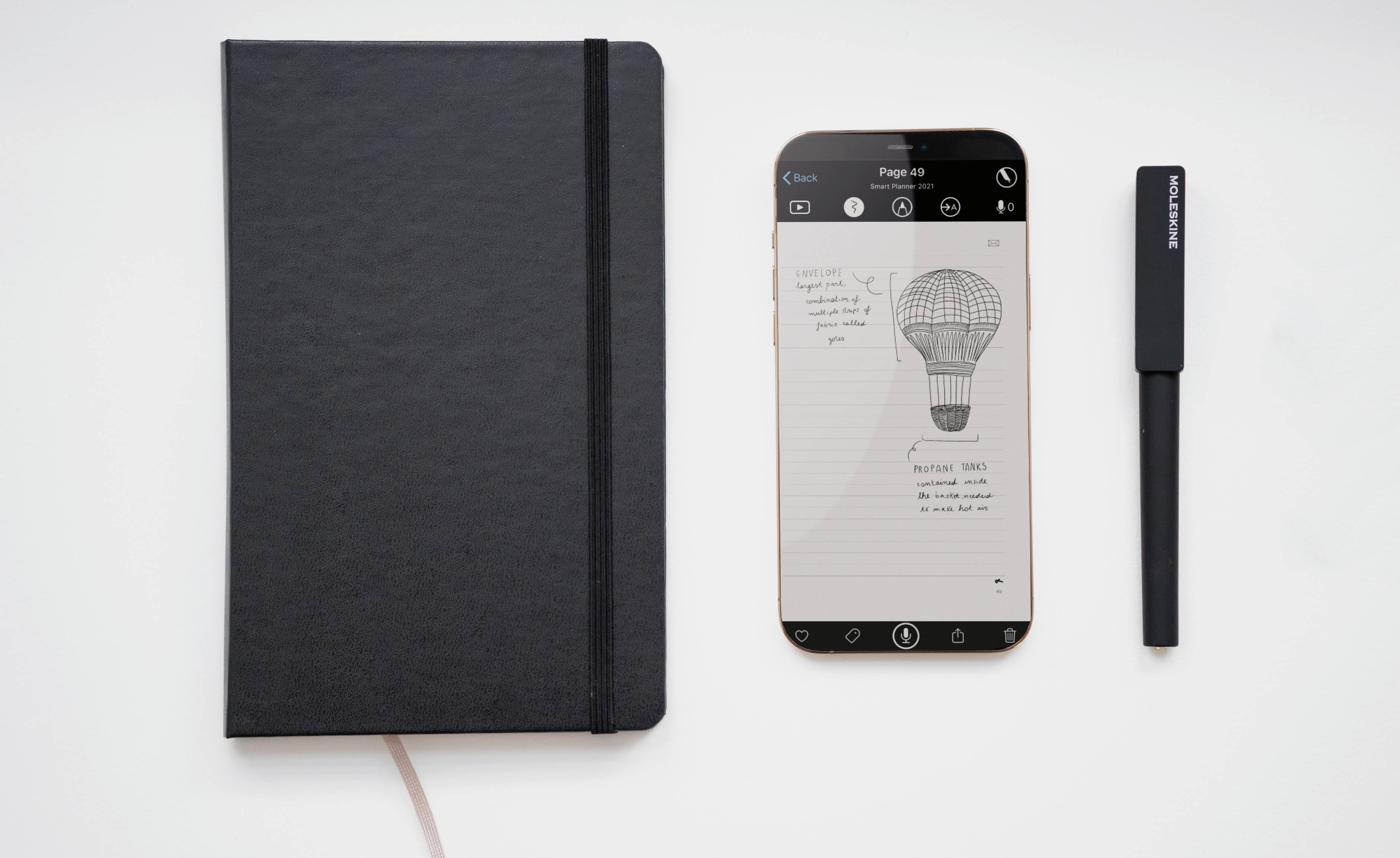 Moleskine Smart Writing System 2.0 seamlessly uploads your notes to the cloud
Moleskine Smart Writing System 2.0 seamlessly uploads your notes to the cloudBringing digital functionality to your jotting, sketching and writing, the upgraded Moleskine Smart Writing Set is a boon to the creative process, explains CEO Daniela Riccardi
-
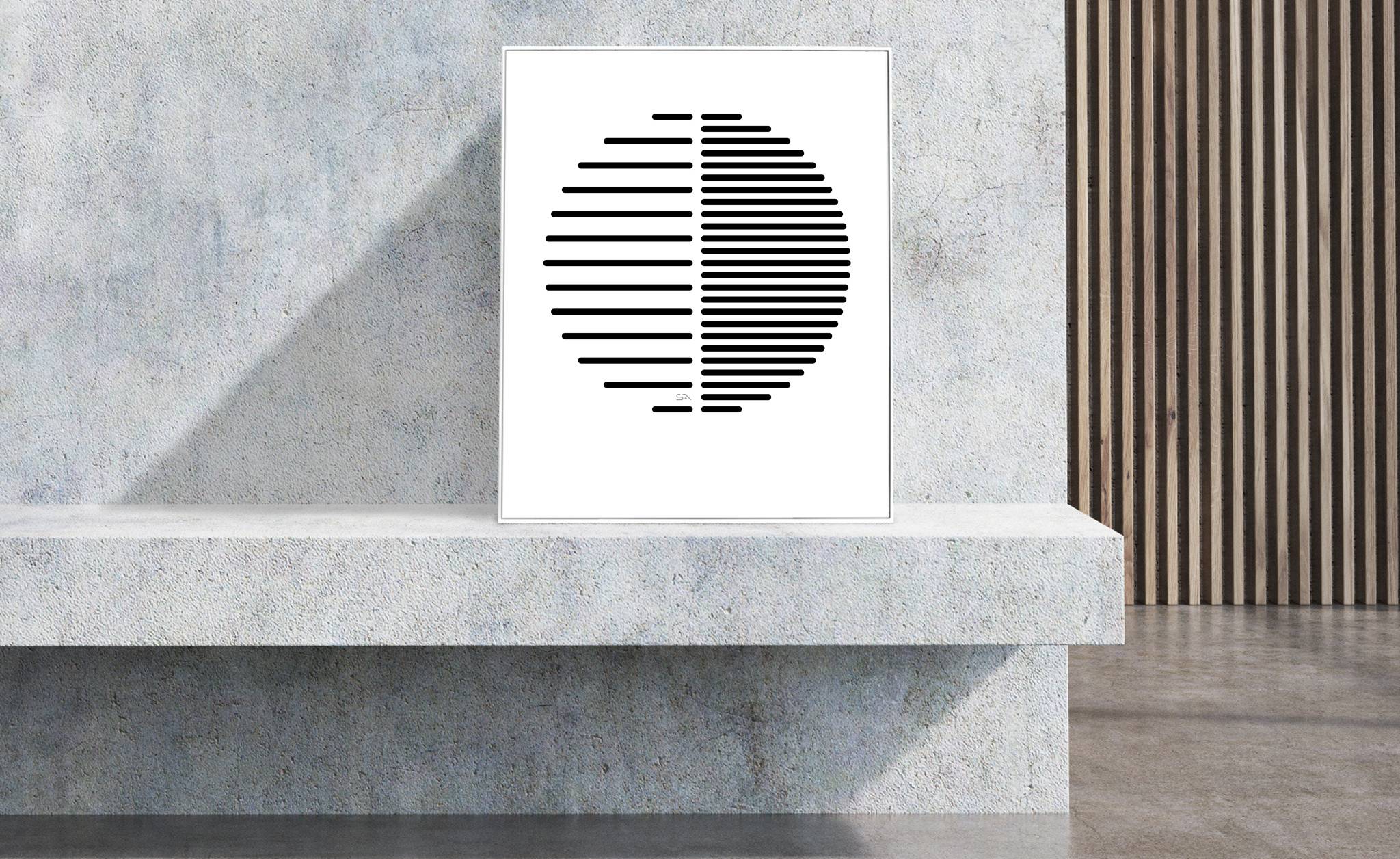 Year in review: technology editor Jonathan Bell’s top 10 tech stories of 2021
Year in review: technology editor Jonathan Bell’s top 10 tech stories of 2021Wallpaper’s Jonathan Bell reveals his top 10 technology stories of 2021, spanning portable speakers, virtual supercars, reimagined electric guitars, and a peek inside Apple Park
-
 Apple AirPods reach their third and best generation yet
Apple AirPods reach their third and best generation yetApple AirPods 3 come newly contoured for greater comfort, and with a ‘surround sound’ experience
-
 Microsoft’s Surface Duo 2 is a newly enhanced pocket foldable
Microsoft’s Surface Duo 2 is a newly enhanced pocket foldableMicrosoft Surface Duo 2 enters the foldable phone fray, with a host of improvements that bolster its status as a miniature workstation